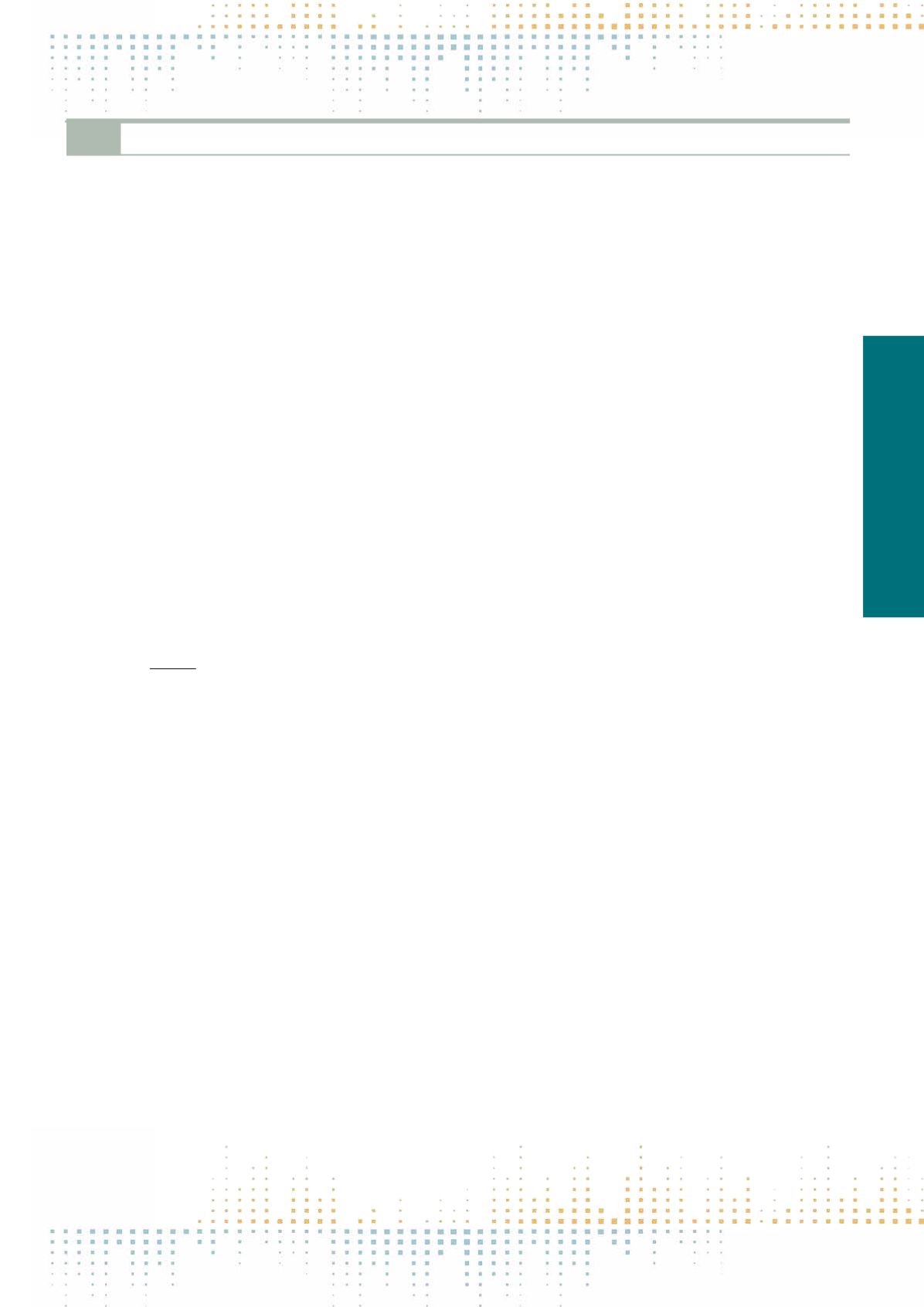

359
Thursday, November 10
1 1 : 0 0 – 1 2 : 3 0
JOS06
Critical Issues inMedia, Politics and Communication in Contemporary Japan
I. Prusa
1
1
The University of Tokyo, Tokyo, Japan
The post-war research implied that the Japanese power elites made up for an interlocked“iron triangle”of the ruling political party, elite bureaucracy, and
established business circles. This power alignment did not explicitly incorporate the mass media since they are not part of the administrative authority, but
they too must be approached as a key power broker with their“social monopoly”on communicating sociopolitical issues and gatekeeping the information
flow. In Japanese journalism, this monopoly is largely represented by the so-called “reporters’ clubs” (kisha kurabu) that serve as effective PR tool, and
self-censoring apparatus with restricted access. Dr. Denisa Hejlova explains how the professional structures of mainstream press, which are reflected in
these “clubs”, facilitate a media bias in favor of specific businesses, political and interest groups. Furthermore, Dr Hejlova examines how the reporters’club
co-constituted the representation process in cases such as the media reporting on Fukushima crisis in 2011. The situation immediately after Fukushima was
not only emblematic of“distorted”reporting on the disaster fallout. As a matter of fact, the whole period in post-3/11 Japan was particularly rich in media
scandal of all sorts. Dr. Igor Prusa argues that contemporary Japanese scandal often stands for a mediatized and commodified (pseudo)ritual of pollution,
followed by scripted“degradation ceremonies”, and eventual reintegration of the transgressor.While using examples of recent scandals, Dr. Prusa scrutinizes
the scandal-gatekeeping process and indicates that the mainstreammedia are often "forced" to take up, or to hush up elite deviances. The mainstreamme‑
dia do no only frame individual events, but in the long run they can also shape social sentiments. The notions of pacifism, victimhood or war responsibility
have been interrelated and media-framed throughout the 20
th
century Japan, and Dr. Takashi Hosoda discusses how the Japanese media came to optimize
the use of “emotional nationalism”. Furthermore, Dr. Hosoda argues that the media often feed the public enthusiasm via “nationalist” or “pacifist” articles
in order to secure profit, rather than to impartially inform the readers about important security policies. The contemporary discourse on pacifism in Japan
is however not entirely in the hands of the big media colluding with power elites. Organized activism and social movements also played an important role
in post-war Japan. Lukas Kraus demonstrates this by pointing to the activist group SEALDs, which gained its momentum during the 2015 protests against
reinterpretation of the Japanese "Peace Constitution". Based on his fieldwork, Kraus discusses the group’s novel tools of political communication that suc‑
ceeded in appealing to politically “apathetic” spheres of the Japanese public. The panel will be concluded by a theoretical discussion of not-so-universal
concepts of“unbiased information”and“balanced reporting”in journalism. While operating within the discourse of (media) dewesternization, Martin Stur‑
ma explicates on Japanese equivalents of these concepts, namely fuhen futō (impartiality), kyakkan hōdō (objectivity) and chūritsu (neutrality). Further‑
more, Sturma argues that it is mainly the usage, frequency and transformation of these concepts, which is symptomatic of important changes within both
the journalistic profession and the overall social climate.
PN 050
Japanese Kisha Clubs: Effective Media Control and PR Tool
D. Hejlová
1
1
Charles University in Prague, Katedra marketingové komunikace a PR, Prague, Czech Republic
Despite over two decades of economic stagnation, Japan ranks 3
rd
or 4
th
position on various lists of world biggest economies (International Monetary Fund
orWorld Bank, 2015). It has also one of the most advanced media markets, including the“big five”domestic newspapers, two dominant press agencies (Jiji,
Kyodo) and variety of other media, which report economic and political news. However, Japanese media, companies and politicians can form a powerful
information cartel (Freeman 1996; 2000) and performmedia bias in favor of specific business, political or interest groups (e.g. in case of Fukushima disaster,
Olympus scandal etc.). Despite long tradition (since Meiji restoration) of democratic press and continuous interest of foreign journalists in Japan, there are
still some major barriers in understanding Japanese news and gathering relevant information for journalists. One of the biggest obstacles in reporting and
information gathering represents a traditional system of "reporter’s clubs" (so called kisha kurabu), which can control effectively the gatekeepers of infor‑
mation by limiting journalists who are their members and other specific rules. These “clubs”, administered by the Japanese Newspaper Association (Nihon
Shimbun Kyōkai), organize access and facilitate relations between news media and sources (Prusa, 2015). Club members are appointed as“official reporters”
to various business, political or other kisha clubs and they share a variety of formal and informal rules, including self-censorship or collective agreements
(kokuban and hódó kyótei), which limit timing of release of given information.The existence and organization of kisha clubs is not unknown and it has been
previously described and researched mainly by van Wolferen, 1989; Farley, 1996; Freeman, 2003; Engesser, 2007 etc. Kelly, Masumoto and Gibson (2002)
and Cooper-Chen and Tanaka (2007) examined specifically the problem of close relationship between media and public relations (kóhó), which create a sit‑
uation where business information in media is well managed, controlled and leads to positive news. Kisha clubs are thus an effective PR tool for Japanese
companies, which operate in keiretsu system. Despite many attempts to abolish the system of kisha clubs and slight loosening of their organizational struc‑
ture in the past few years they still represent a solid network between Japanese businesses, media and politicians, which according to some experts leads to
media capture and information monopolization in Japan (Au and Kawai, 2012). Although there are many social and digital media channels and democratic
discussion is not strained in Japanese society, we can still see major communication problems when it comes to specific scandals and crisis situations, as will
be explained on the example of Fukushima crisis and Olympus scandal. For the“world outside Japan”kisha clubs represent a major problem in information
gathering, news reporting and understanding Japan – and the aim of this article is to explain why.



















